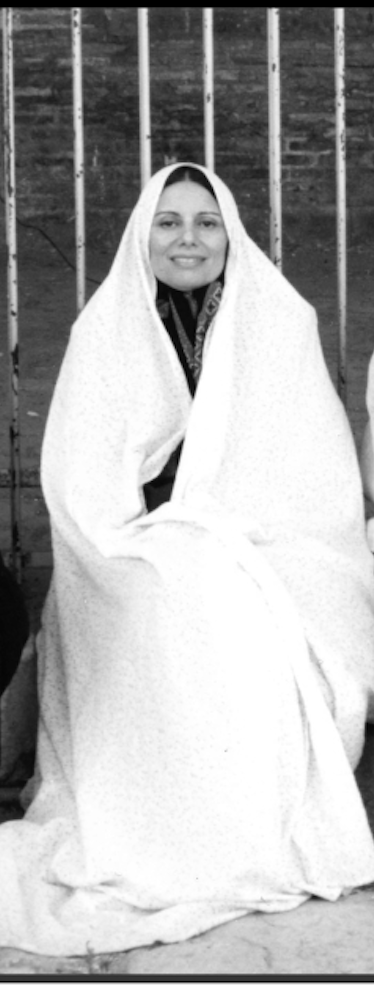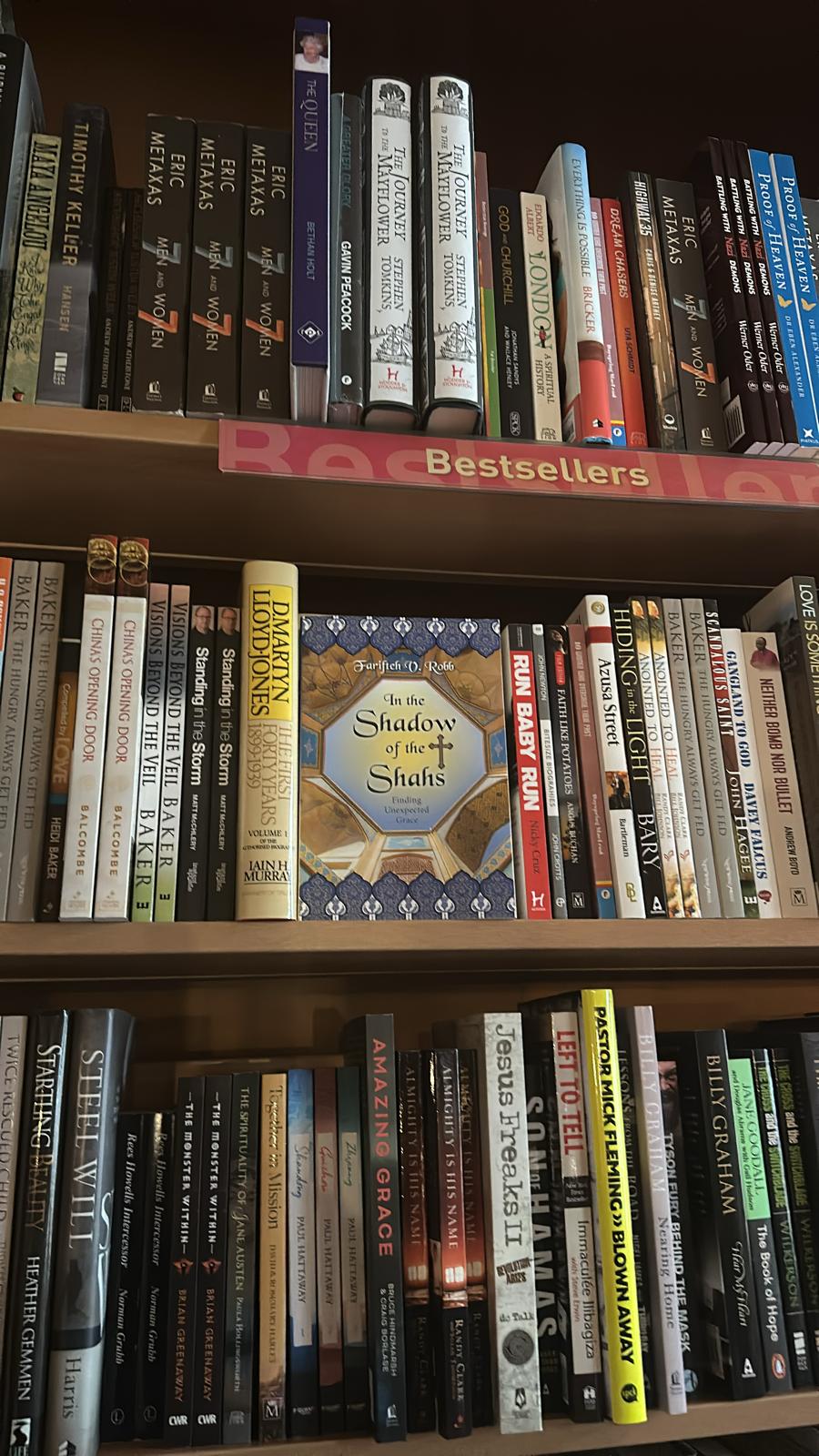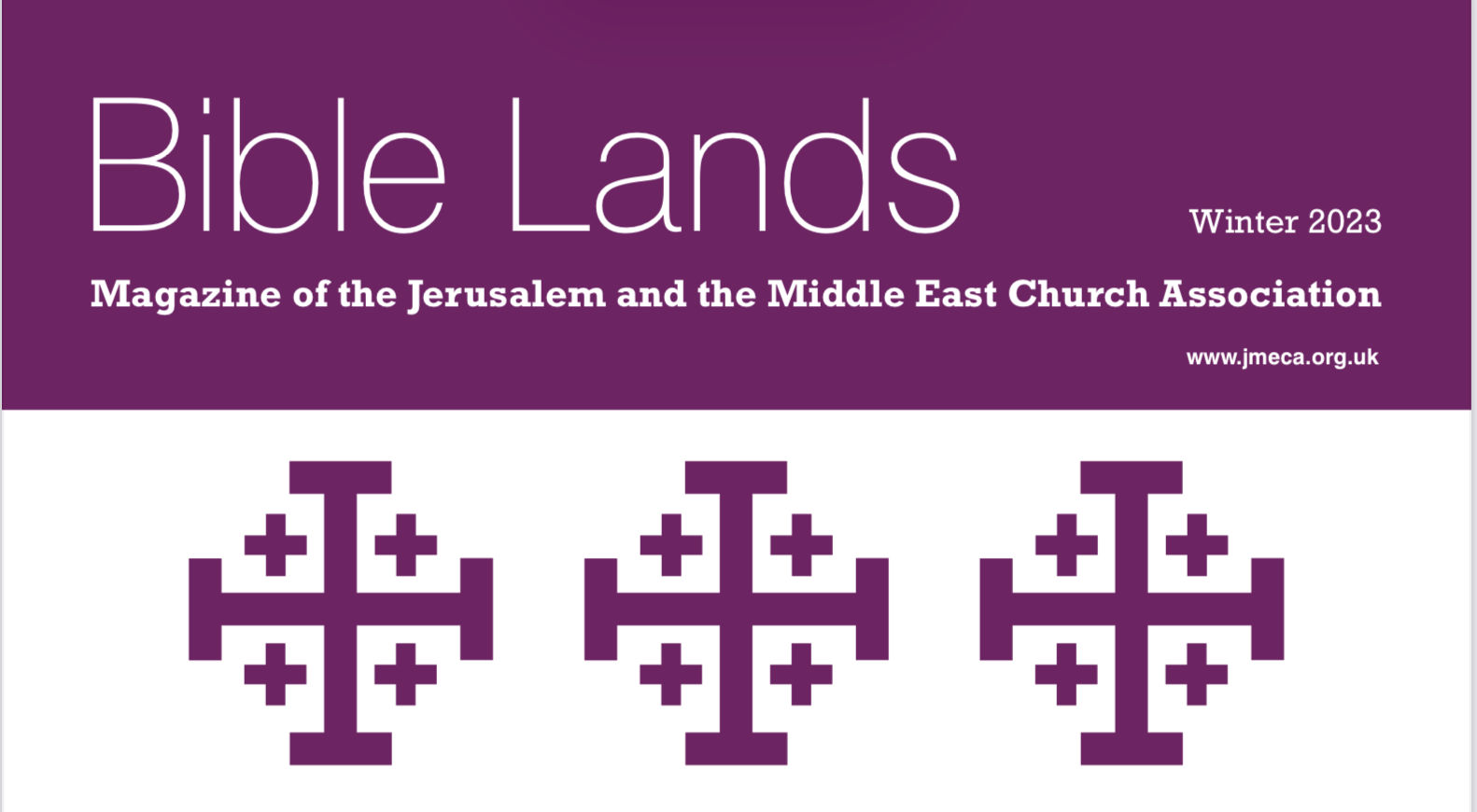‘Nowruz’ is Persian New Year. It always falls in March at the vernal equinox. Nowruz literally means ‘new day’ and it is celebrated with a table laid with all the symbols of new life in nature awakening with Spring. It marks the official start of the solar calendar which Iran has kept from ancient Zoroastrian times. Iran is actually the only Islamic country which officially celebrates New Years’ Day on the first day of Spring. Muslims around the world commonly use a moveable lunar calendar to determine the dates of religious events and observances. This Muslim calendar is also known as the Hijri calendar. Both calendars use the abbreviation AH (anno hegirae) to denote the year 622 CE, when Muhammad and his followers migrated from Mecca to Medina and founded the very first Muslim community.
Iranians are proud of being Muslim Middle Eastern nation which did not adopt Arabic culture along with Islam, but has staunchly kept its Persian heritage by retaining its ancient culture, language, and its Zoroastrian calendar.
This new year in Iran is 1403 (AH), but according to the Islamic calendar the current year is actually 1445 AH! This is because a lunar year falls consistently 11 days short of a solar year, so now the lunar Muslim calendar is almost half a century ahead. To add to this discombobulation, Armenians and Assyrians in Iran keep to the original Julian calendar which is some ten days out of sync with the current Gregorian calendar adopted in 1552 by Pope Gregory. Thus in the Orthodox Church in Iran celebrates Christmas on January 6th, which is our feast of the Epiphany.
Confusing, or what?!










